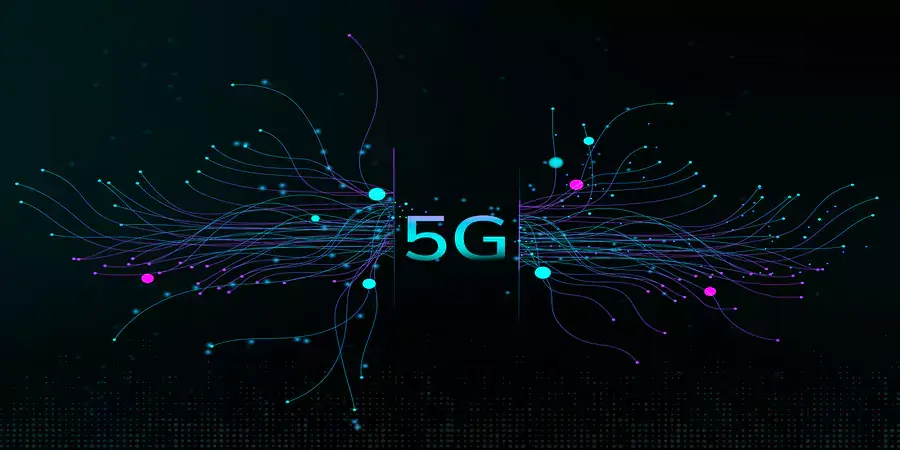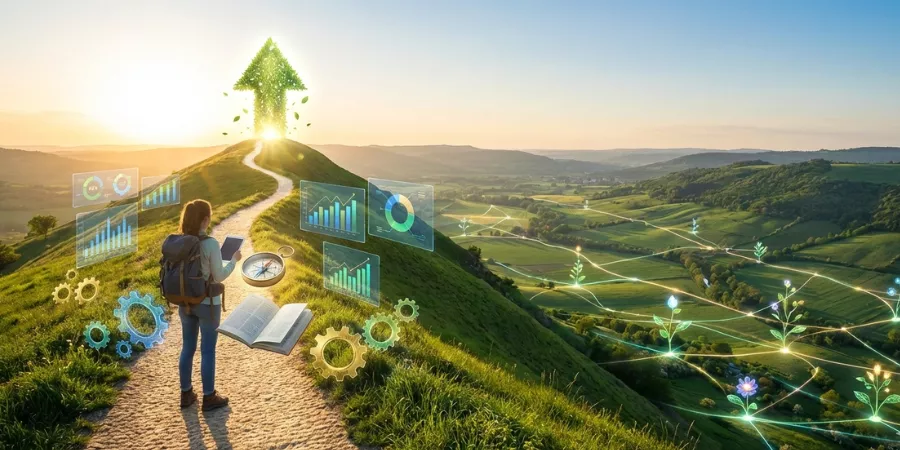5G, the fifth generation of wireless technology, isn’t just another step up from 4G—it’s a game-changer. Whether you’re streaming movies, playing online games, or driving a connected car, 5G promises to make these experiences faster, smoother, and more immersive. But what exactly is 5G, and why is everyone talking about it? Here’s a breakdown of the key things you should know about this next-gen technology.
1. Blazing Fast Speeds
First and foremost, 5G is all about speed. If you thought 4G was fast, 5G will blow your mind. We’re talking about download speeds that can be up to 100 times faster than what you’re used to. Imagine downloading a full-length HD movie in just a few seconds or streaming a 4K video without a hint of buffering. This is made possible by 5G’s use of higher-frequency radio waves, which can carry more data than the lower frequencies used by previous generations.
2. Super Low Latency
Latency is the delay between sending a request and receiving a response. For most people, this isn’t a big deal when you’re watching videos or scrolling through social media. But for things like online gaming, virtual reality, or even self-driving cars, every millisecond counts. 5G dramatically reduces this delay, making real-time communication almost instantaneous. This could mean smoother video calls, faster game responses, and even safer autonomous driving, where split-second decisions are crucial.
3. More Connected Devices
The world is getting more connected every day, with billions of devices now part of the Internet of Things (IoT). From smart refrigerators to connected traffic lights, all these devices need a network that can handle the load. 5G is designed to do just that. It can support up to a million devices per square kilometer, meaning your smart home, smart city, and even your wearable tech can all work together seamlessly without overloading the network.
4. Revolutionizing Industries
Beyond just faster phones and better streaming, 5G has the potential to transform entire industries. In healthcare, 5G could enable remote surgeries where doctors operate on patients from miles away using robotic arms. In agriculture, farmers could use drones connected via 5G to monitor crops in real-time and optimize their yields. Even in entertainment, we could see the rise of truly immersive virtual reality experiences that feel incredibly lifelike.
5. Challenges Ahead
While 5G sounds amazing, rolling it out isn’t without its challenges. One big issue is the infrastructure. To achieve the super-fast speeds and low latency that 5G promises, carriers need to install a lot more equipment, like small cell towers, which isn’t cheap or easy. Plus, there are concerns about whether rural areas will be left behind as cities get the new tech first.
There are also health concerns that some people have raised about the effects of 5G’s higher-frequency waves. So far, studies haven’t shown any harmful effects, but it’s something that will continue to be monitored as 5G becomes more widespread.
The Future of 5G
We’re still in the early days of 5G, and while it’s already making headlines, its full potential is yet to be seen. Over the next few years, as the technology becomes more widespread and more devices take advantage of its capabilities, we’ll likely see innovations we can’t even imagine today.
In short, 5G is set to change the way we connect, communicate, and interact with the world around us. Whether it’s in your pocket, your home, or your workplace, the impact of 5G will be far-reaching and exciting.







